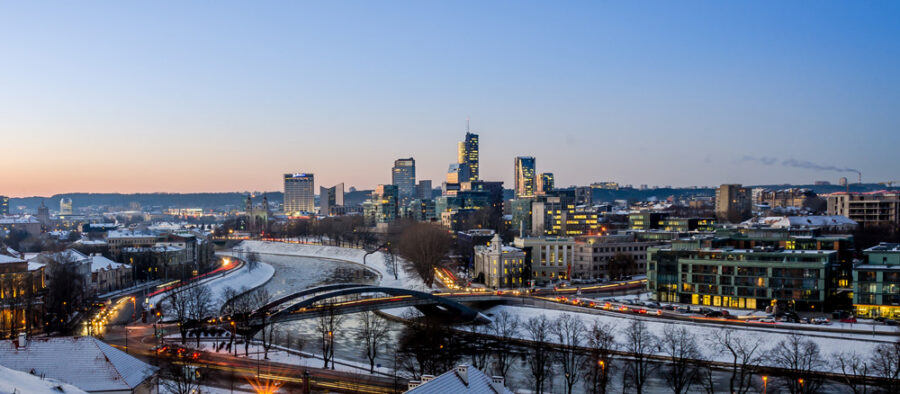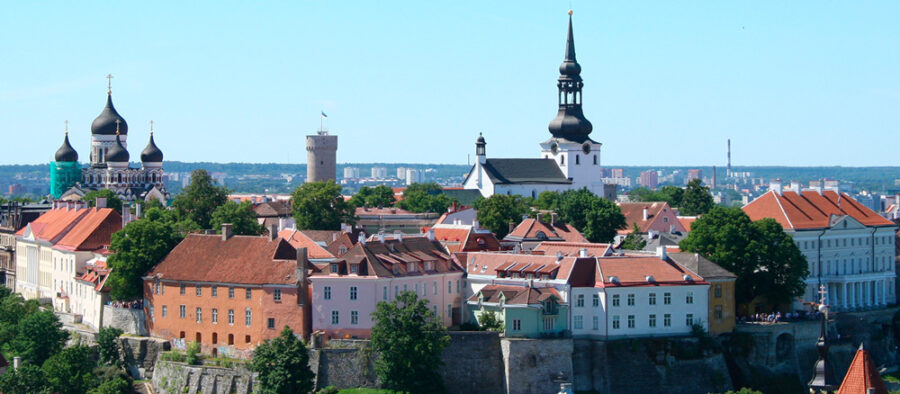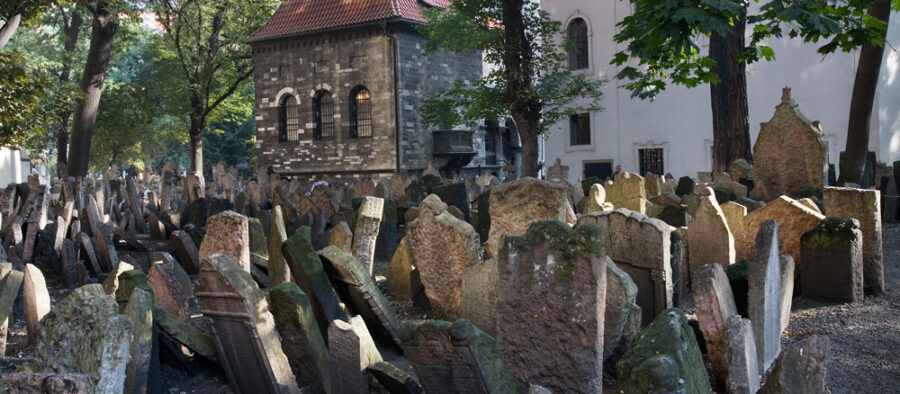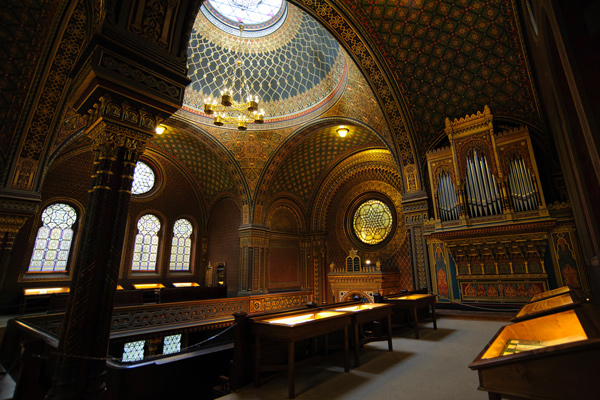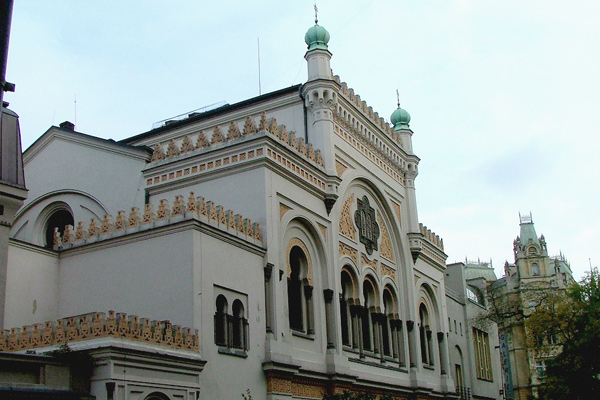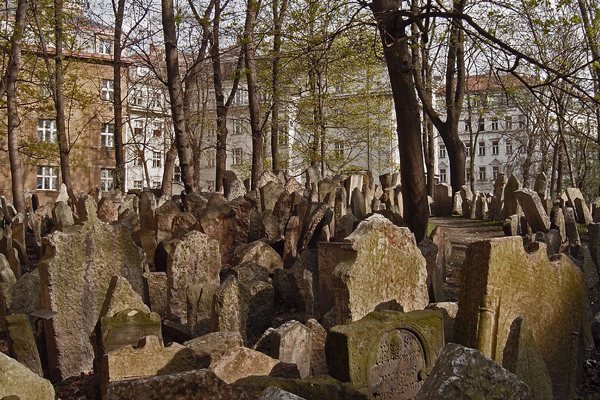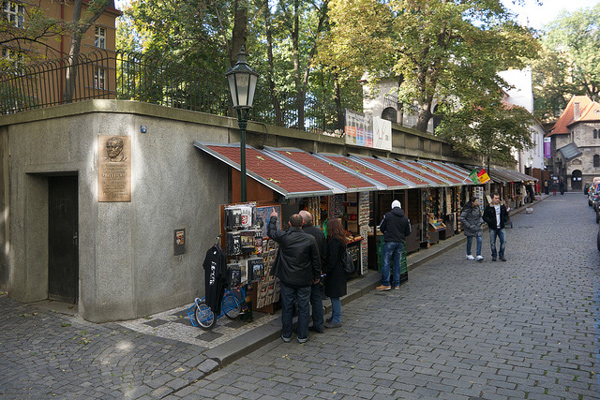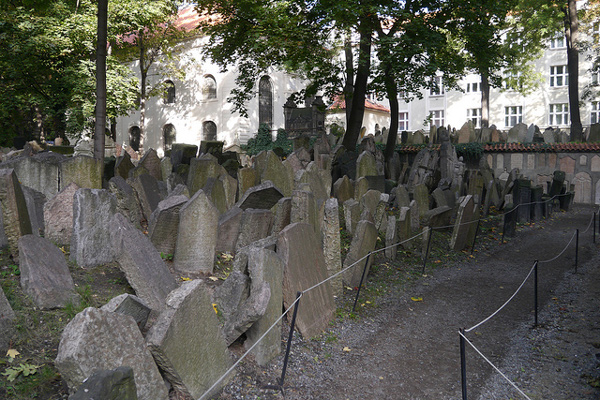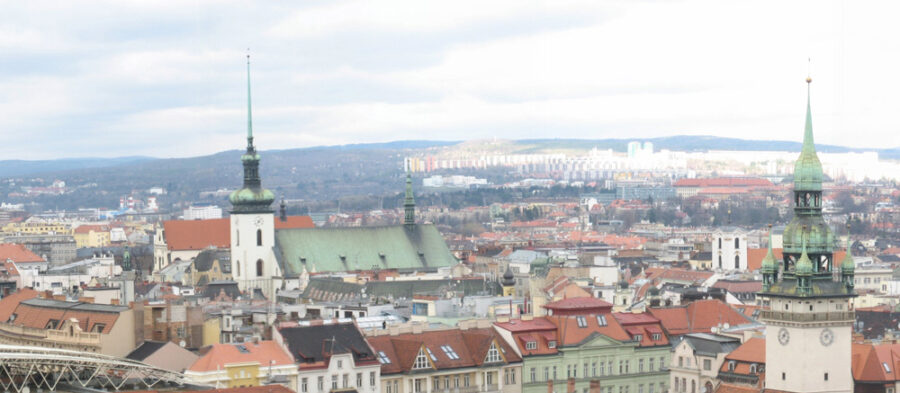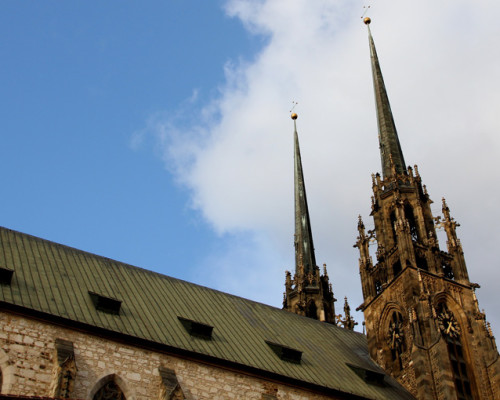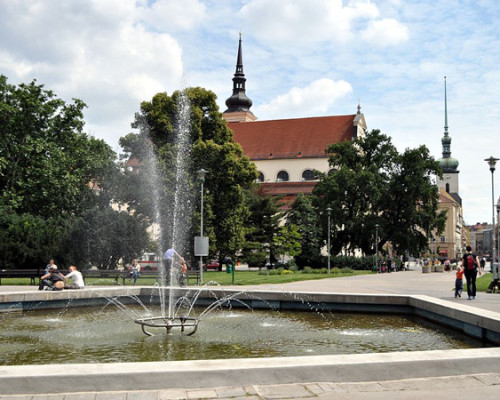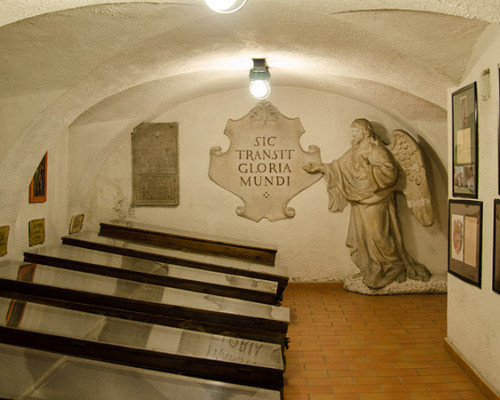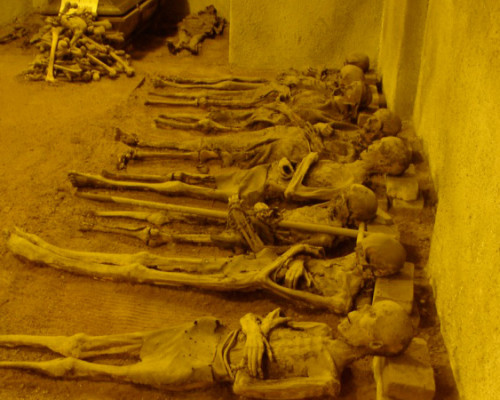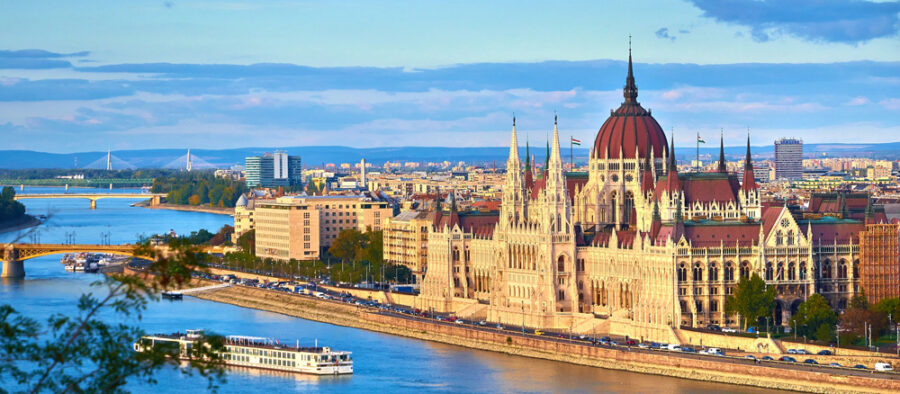
UNESCO HERITAGE
14 Dec Gdansk
14 Dec Tallinn
14 Dec Josefov
The Josefov quarter, AKA Jewish Quarter, is an important historic part of Prague. It is located between the Old Town Square and the Vltava River. It used to be a Jewish ghetto starting in the 13th century, when Jews were ordered to settle in this particular area.
Jews have allegedly settled in the city since the 10th century. During the centuries, more and more Jews moved to the ghetto and it became overpopulated. The Holy Roman Emperor Joseph II emancipated the Jews living under the Habsburg regime in 1781, and two years earlier Jews were allowed to settle outside the ghetto. After that, most of the remaining residents were Orthodox and poor Jews.
The area was mostly demolished in 1897 and many of the buildings were built at the beginning of the 20th century. During the Nazi occupation of Czechoslovakia 1939-45, residents of the ghetto were transported to the Terezin concentration camp and most of them died.
Nowadays this former ghetto still has vivid Jewish cultural life, and it is an important historical site and a tourist attraction. It has 6 synagogues, the Old-New Synagogue still being active, and the Jewish Ceremonial Hall.
What to do and see in Josefov
The Spanish Synagogue
Some say that the Moorish-style synagogue is the most beautiful in Europe. It was built in 1868 on the site of the oldest Prague synagogue. Its interior was completed in 1893.
The magnificent interior decoration has a low stucco arabesque of stylized Islamic motifs which are also applied to the walls, doors and gallery balustrades. Under the Nazi and Communist regimes the synagogue was almost abandoned, fell into a sorry state, and was eventually closed. In the latter part of the 20th century, the Jewish Museum in Prague took control of the building, and its restoration began. It is open to the public and classical concerts are being held here.
Old Jewish cemetery
This burial place gives a hint of how overpopulated the ghettos were. Graves and tombs are situated side-by-side within narrow spaces and in many layers. It was in use from the early 15th century until 1787 and the oldest preserved tombstone here dates back to 1439. There are allegedly about 12,000 tombstones presently visible in 12 layers, and there may be as many as 100,000 burials in all. The cemetery is one of the most remarkable in Europe.
The Old New Synagogue
The Old New Synagogue is Europe’s oldest active synagogue. It was built in Gothic style in 1270. and its interior consists e.g. double-nave with six bays. It is open to the public outside of the sermons and it is the center of Josefov and the religíous life of local Jews.
Tours
The Josefov district is part of a few sightseeing tours around Prague. The walking tour, Best of Prague, and the Grand City Sightseeing Tour are excellent ways to get acquainted with the Jewish Quarter along with the rest of Prague. You can find more information about the sightseeing tours of Prague here.
Kuvat: Wikimedia Commons CC-BY lisenssillä / Emmanuel Dyan, Manuamador, Jorge Láscar, Yair-haklai, Jay Galvin
How to get in Josefov
- Metro line A goes near Josefov, stop is Staromestska.
- Trams 17 and 18, Staromestska.
 Prague has an international airport. Airlines and destinations are visible here.
Prague has an international airport. Airlines and destinations are visible here.
 Trains in the Czech Republic are operated by Czech Railways, RegioJet, and Leo Express. E.g. from Berlin EC trains to Prague goes every 2 hours. More information about European train timetables here.
Trains in the Czech Republic are operated by Czech Railways, RegioJet, and Leo Express. E.g. from Berlin EC trains to Prague goes every 2 hours. More information about European train timetables here.
 Bus operators Eurolines, Ecolines, Student Agency and Orange Ways connect Prague to major European cities.
Bus operators Eurolines, Ecolines, Student Agency and Orange Ways connect Prague to major European cities.
14 Dec Brno
The lovely Brno is the second largest city in the Czech Republic and the center of Moravia. It has appr. 377, 000 residents. The city was first mentioned in a written source in 1091, and it has seen the regimes of the Moravian margraves, the Austrian Habsburg dynasty and the independent Czechoslovakia until the state partition in 1993.
Brno has 484 legally protected historic sights as well as the currently tallest building in the Czech Republic, the AZ Tower skyscraper.
What to do and see in Brno
Cathedral of St. Peter and Paul
The Cathedral of Brno, lying on the Petrov Hill, is one of the most important Moravian historic sites. Its history began in the 11th century, when the Romanesque chapel was built on the site. In the 13th century it was rebuilt into a basilica, and after that it was reconstructed with heavy Gothic inluences. The church was seriously damaged during the 30 Years War, but it was decently reconstructed afterwards.
Moravian Square
This square is the biggest in Brno and is located in the historical center. It’s dominated by the Church of Saint Thomas which is the last resting place of Jobs of Moravia, German King and Margrave of Moravia. The nearby former Governor’s Palace offers permanent exhibitions of the Moravian Gallery.
Recreation
Treasure Hunt Brno
A fun treasure hunt game can be found at the address Čechyňská 8. It is a group competition that uses modern technology and GPS-enabled tablets to get teams to visit the most important historic monuments and buildings in+ Brno. A great activity for larger groups and companies who want to experience Brno in a fun and fast way.
Shopping
The Ceska and Masarykova streets form the shopping district of Brno. These two streets are tied together by the Namesti Svobody square. The area has a good combination of gift shops, restaurants and fashion stores.
Josefska street offers high-quality golden jewelry and souvenirs.
Kuvat: Wikipedia Commons, Flickr CC-BY lisenssillä / Dezidor, Millenium187, Petr Šmerkl, Wikipedia, Emilie & Lloyd, Morgan Davis
Top 5 in Brno
- Strolling in historic centre
- Shopping at Ceska and Masarykova streets
- Cathedral of St. Peter and Paul
- Treasure Hunt Brno
- Tasting beer at Pegas brewery pub
How to get to Brno
Prague–Vienna and Prague–Bratislava–Budapest railway lines stop in Brno all EC and RJ trains stop here. Tickets sold at the Prague train station for 210 CZK. Advance online tickets start at 189 CZK. Tickets sold at the Vienna train station cost €26. Advance online tickets start at €9.
Several bus operators offers lines to Brno. Bohemian Lines has connections between Brno and Scandinavian cities such as Oslo, Copenhagen and Stockholm. Copenhagen €57 (1500 CZK), Stockholm €67 (1750 CZK). Eurolines CZ and Student Agency also provide bus lines from e.g. Vienna.
The E50 highway connects Prague to Brno (206 kilometres) while the D2 (131 kilometres) connects Brno to Bratislava, Slovakia. A driver needs a toll sticker for the highway.
How to get around in Brno
The Integrated Transport System of the Southern Moravia Region offers buses, trolleybuses, trams and local trains in Brno. Daytime transport ends at 11PM after which night buses go hourly and have their central hub at the Main Station. The timetables and prices are visible here.
There are two different ticket types for journeys within the city, a short transfer ticket (valid 15 min, Kč 20), as well as a long transfer one (60 min, Kč 25). Tickets are available at yellow ticket vending machines at bus and tram stops, as well as at railway station counters. You can buy a 60-minute ticket from the driver for Kč 35.

